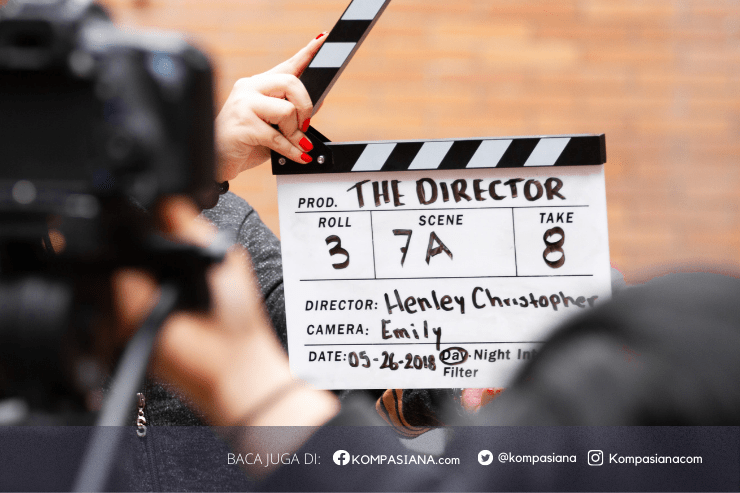Disney's animated film "Pinocchio" provides an interesting lens to analyze popular literature. The film, which was first published in 1940, is based on the Italian children's tale " The Adventures of Pinocchio" works by Carlo Collodi and is a live-action version of Walt Disney's directed by Robert Zemeckis. Pinocchio, produced by Walt Disney Pictures, was released in 2022. This text represents and relates to a real-life phenomenon, as the characters show frequently deals with issues on the ultimately learn the importance value of honesty, responsibility, kindness, and the consequences of one's actions.
There are several key characteristics that can be observed in the Disney film "Pinocchio",
as these characteristics contribute to the story's overall plot and themes. The changing journey of the main character, Pinocchio, is one of the most significant features of "Pinocchio." He begins as a wooden puppet but grows into a real boy as a result of his experiences and teachings along the way. This transition implies meaning of human development, maturation, and the quest of becoming a better person. Like many Disney films, "Pinocchio" imparts important moral lessons and themes. It explores the significance of honesty, integrity, and the consequences of one's actions. The film emphasizes the value of making virtuous choices, learning from mistakes, and the transformative power of selflessness. Other characteristics we can see, the film creates a magical world through its captivating animation and imaginative settings, from the enchantment of the Blue Fairy to the whimsy of Pleasure Island, the visual elements of "Pinocchio" transport viewers into a fantastical domain, capturing their imagination. "Pinocchio" is known for its iconic and catchy melodies, such as the beloved "When You Wish Upon a Star." Composed by Leigh Harline and Paul J. Smith, the film's score lends depth and emotion to the narrative, enhancing the overall cinematic experience. These characteristics make "Pinocchio" a classic Disney film that has enthralled and inspired generations of viewers, leaving an indelible mark on popular culture.
Despite being a fantastical and whimsical film, "Pinocchio" addresses a number of real-life issues that resonate with the audiences. Firstly, one of the main themes in "Pinocchio" is the value of honesty and integrity. The film depicts the consequences of lying as well as the importance of honesty. Pinocchio's issues with telling the truth represent the difficulties people
encounter in being honest, as well as the impact dishonesty may have on themselves and others. Secondly, as a wooden puppet, Pinocchio seeks to become a real boy and learns valuable lessons along the way. The film encourages viewers to value personal growth, learning from mistakes, and striving to be the greatest version of themselves. Thirdly, Pinocchio's addresses the issue of trust and the consequences of betrayal. Characters such as the sneaky fox and cat manipulate and exploit Pinocchio for personal gain. These incidents highlight the consequences of broken trust and the significance of surrounding oneself with genuine and trustworthy people. Lastly, it is about Pinocchio's relationship with his father figure, Geppetto, emphasizes the importance of family and love. The story is driven by Geppetto's unconditional love for Pinocchio, which implies the value of nurturing and supportive familial bonds. These real-world issues depicted in "Pinocchio" enable viewers, especially children, to engage with and reflect on lessons and obstacles they may face in their own lives. The film functions as a catalyst for conversations about integrity, decision-making, personal development, and the importance of positive relationships.
The issues prevalent in the film Pinocchio are closely related to the maximalism theory of Class Struggle differences. The Marxist theory emphasizes the inherent conflict between social strata.
...is first of all a natural being. As a natural being and a living natural being, he is endowed on the one hand, with natural powers, vital powers...; these powers exist in him as aptitudes, instincts. On the other hand, as an objective, natural, physical, sensitive being, he is a suffering, dependent and limited being..., that is, the objects of his instincts exist outside him, independent of him, but are the objects of his need, indispensable and essential for the realization and confirmation of his substantial powers.. (Karl Marx-1844)
This conflict is evident in "Pinocchio" through the stark contrast between working-class characters, such as Geppetto, and the bourgeoisie, represented by the puppet master and wealthy Pleasure Island patrons. The unequal distribution of wealth and power is a central concern of Marxist analysis, which is highlighted by this division. This also implies mean where power and resources are concentrated in the hands of the wealthy while the working class faces economic challenges.
Aside the differences of Class portrayed, "Pinocchio" also touches upon the theme of commodity fetishism, where objects in this instance, Pinocchio himself are manipulated where he imbued with a sense of value and power.
"The lower strata of the middle class-the small trades people, shopkeepers, and retired tradesmen generally, the handicraftsmen and peasants-all these sink gradually into the proletariat..."(Marx,p.7)
Characters such as Honest John exploit Pinocchio's potential as a puppet star for personal benefit, treating him as a commodity. This is consistent with the Marxist critique of capitalism, according to which commodities and the pursuit of profit can take precedence over human welfare and relationships.
By applying Marxist theory to "Pinocchio," we obtain a deeper understanding of the film's underlying social critiques and messages. It compels us to scrutinize critically the film's depictions of unequal power dynamics, exploitation, alienation, and the potential for collective resistance. This Marxist viewpoint encourages viewers to consider the broader socioeconomic realities and inequalities that exist in the world around us that probably still existing until today.
"Pinocchio" imparts essential life lessons about honesty, courage, responsibility, selflessness, friendship, individuality, and personal growth that resonate with audiences of all ages. The film encourages viewers to adopt these values in their own lives and to make positive decisions that contribute to their personal growth and the well-being of others.
References:
Katznelson, Ira, 'Themes in Marxist Social Theory', Marxism and the City (Oxford, 1993; online edn, Oxford Academic, 20 Jan. 2005), https://doi.org/10.1093/0198279248.003.0002, accessed 4 July 2023.
Cottrell, A. (2019). Social classes in Marxist theory. Routledge.
Hill, D. (2022). Classical Marxism, Ideology and Education Policy. Critical Education, 13(1), 70-82.
McLellan, D. T. and Chambre, . Henri (2023, June 27). Marxism. Encyclopedia Britannica. https://www.britannica.com/topic/Marxism
What do Marx and Engels mean by the term "proletariat". (2016, Sep 12). Retrieved from https://graduateway.com/what-do-marx-and-engels-mean-by-the-term-proletariat/
Baca konten-konten menarik Kompasiana langsung dari smartphone kamu. Follow channel WhatsApp Kompasiana sekarang di sini: https://whatsapp.com/channel/0029VaYjYaL4Spk7WflFYJ2H







